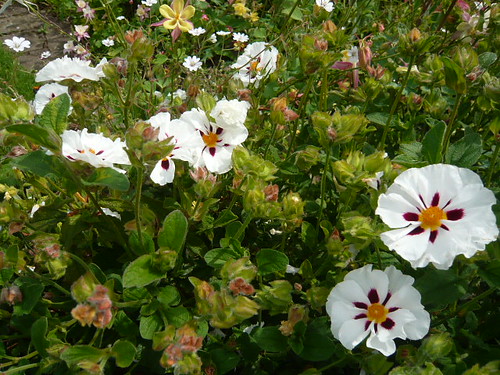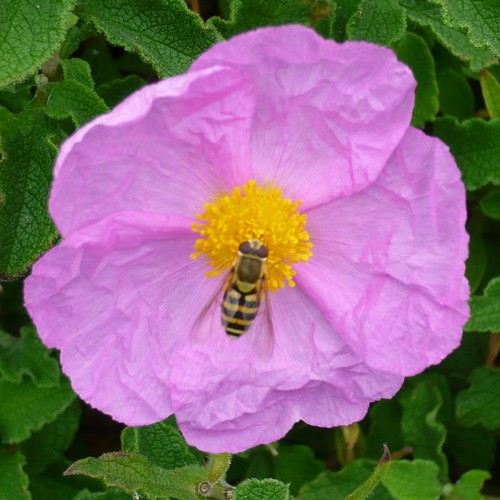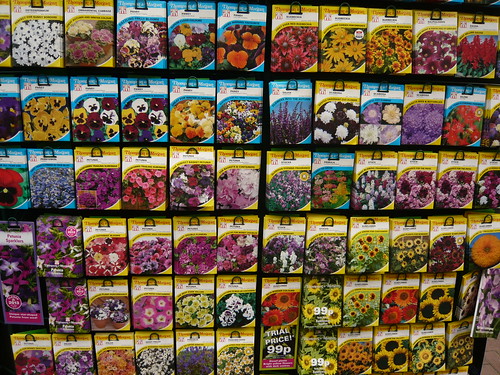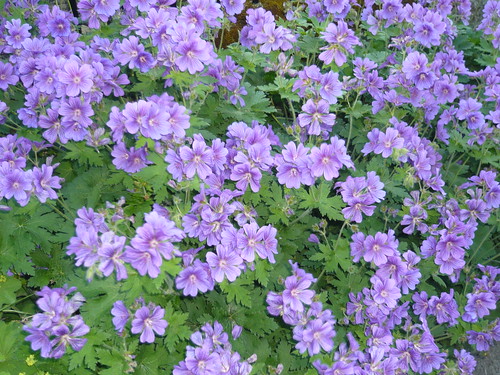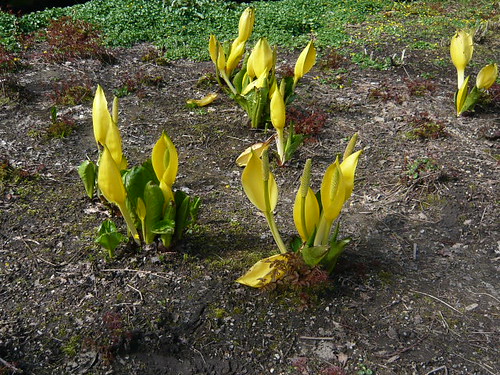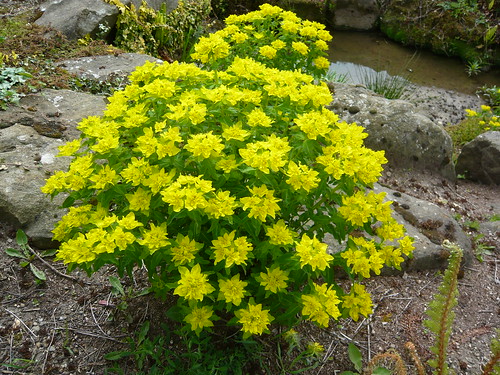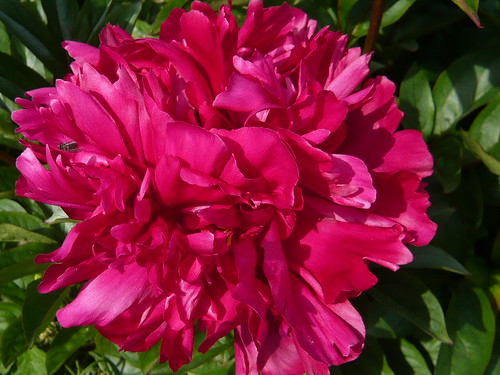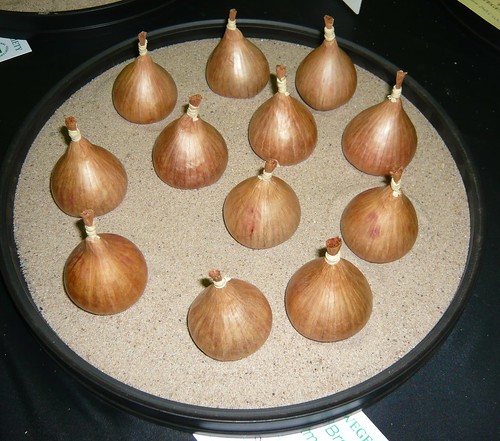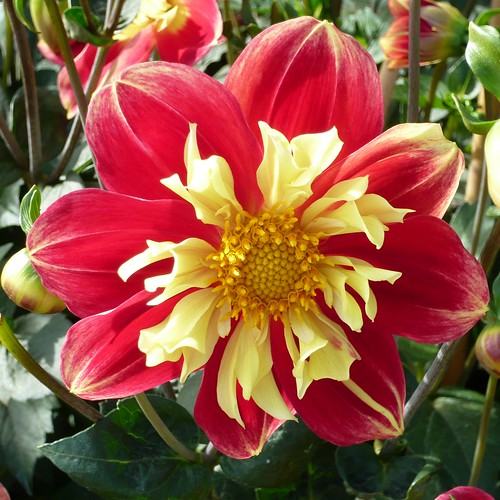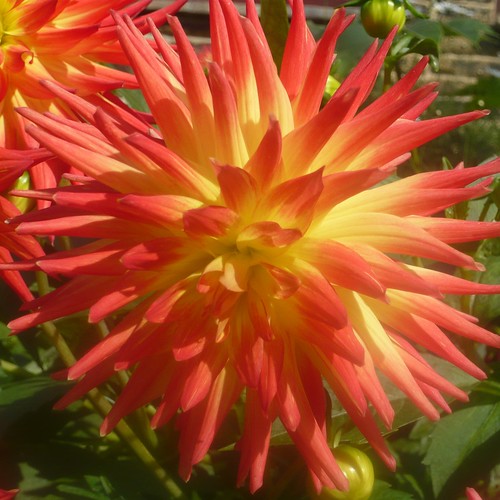Growing Cistus Rock Rose

Cistus or Rock Rose are evergreen and provide a blast of colour in early summer. The flowers of rock rose are short lived, but, a healthy plant can provide a multitude of new flowers every day throughout high summer.
Growing Requirements for Cistus
- Well Drained soil. Rock roses are susceptible to root rot. If necessary add grit or sand to the base.
- Full Sun (Rock roses originate from the Mediterranean.
- Poor to moderately fertile soil. It is not necessary to feed rock roses, in fact, they can give better performances in average soil. Over fertilising them will encourage lush green growth at the expense of flowers. The new growth may be more susceptible to winter frosts
Dead head after flowering (although this will be a lot of work and isn’t essential for a long display)
Pinch out growing stems after flowering to encourage bushy growth
Easy to propagate from cuttings
A national collection and authority on the species is Bob Page who gives talks on his passion for the Cistaceae family. http://www.cistuspage.org.uk/
